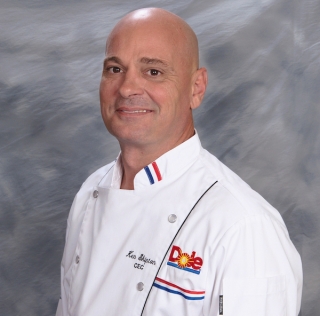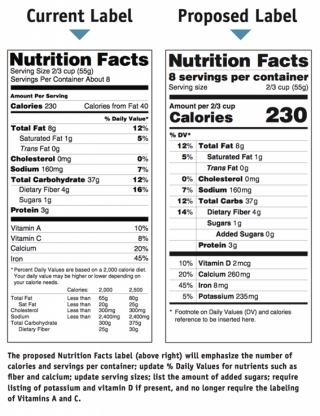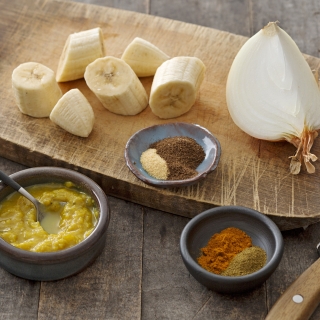
Healthcare Foodservice: A Different Culinary Career Path
Monday, 28 March 2016 18:32An aging population and growing demand for healthcare facilities has lead to an increased need for culinarians to feed the seniors.

An aging population and growing demand for healthcare facilities has lead to an increased need for culinarians to feed the seniors.

While rack of lamb remains a staple at white tablecloth restaurants, lamb is appearing more and more beyond fine dining. There’s more to teaching lamb than just chops.

March is National Nutrition Month. so there’s no time better time than now to equip students with the label-reading knowledge necessary to select the foods that best serve their future customers’ nutrition needs and demands.

Global flavor innovations are detailed in this annual report that focuses on trends from heat and tang to culinary infused libations.

Mark your calendars for March 30 to creatively promote using whole grains in lesson plans and class materials to be a part of the Annual Whole Grain Sampling Day.